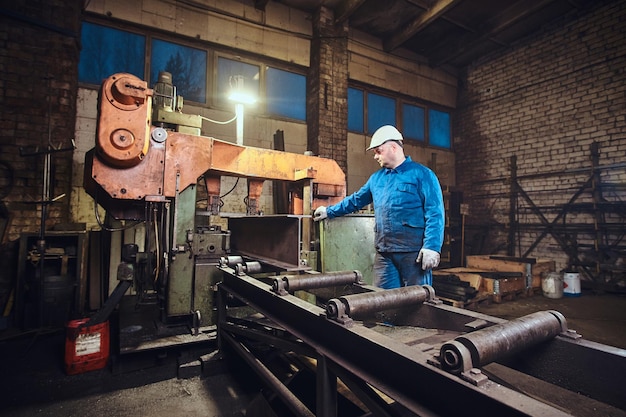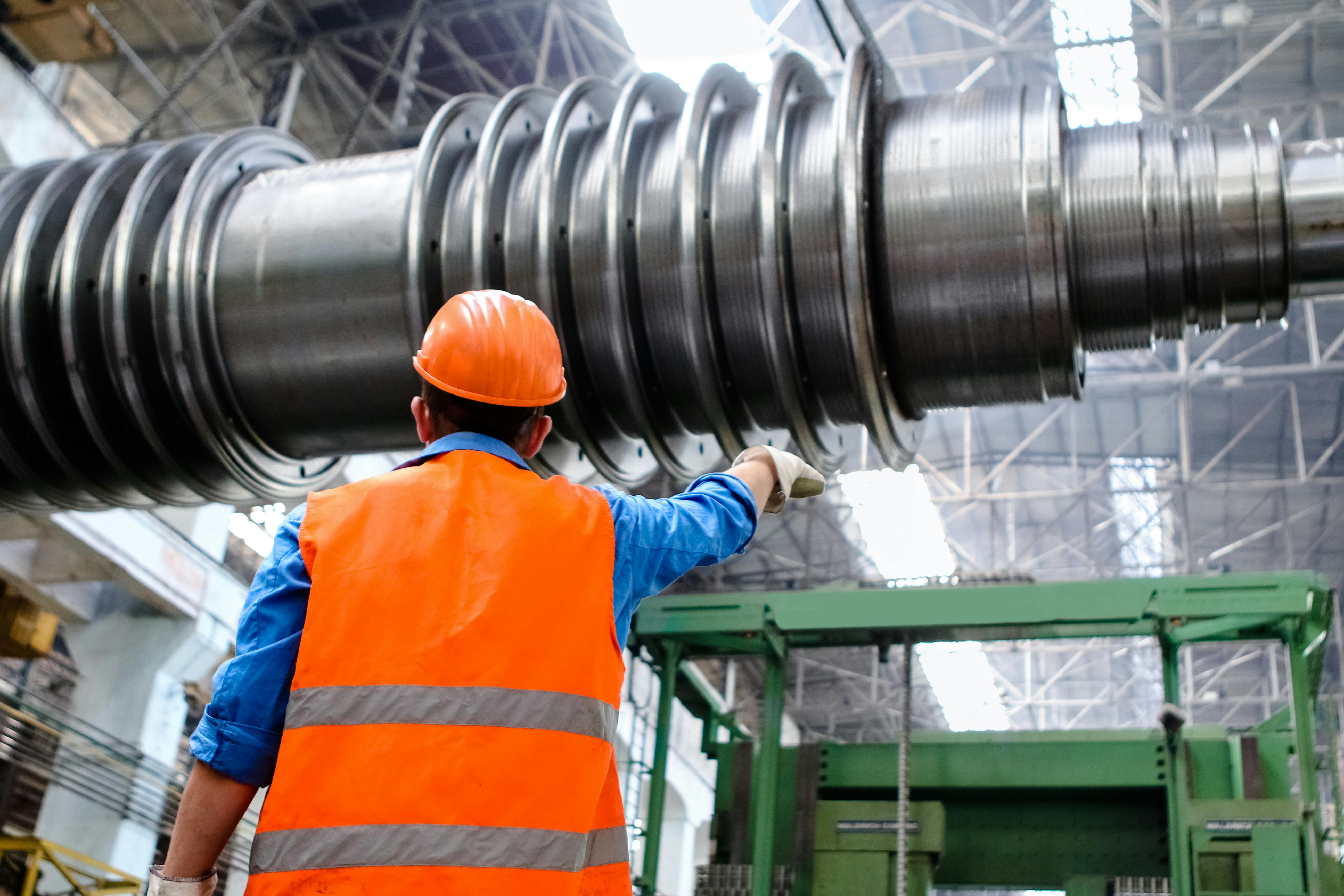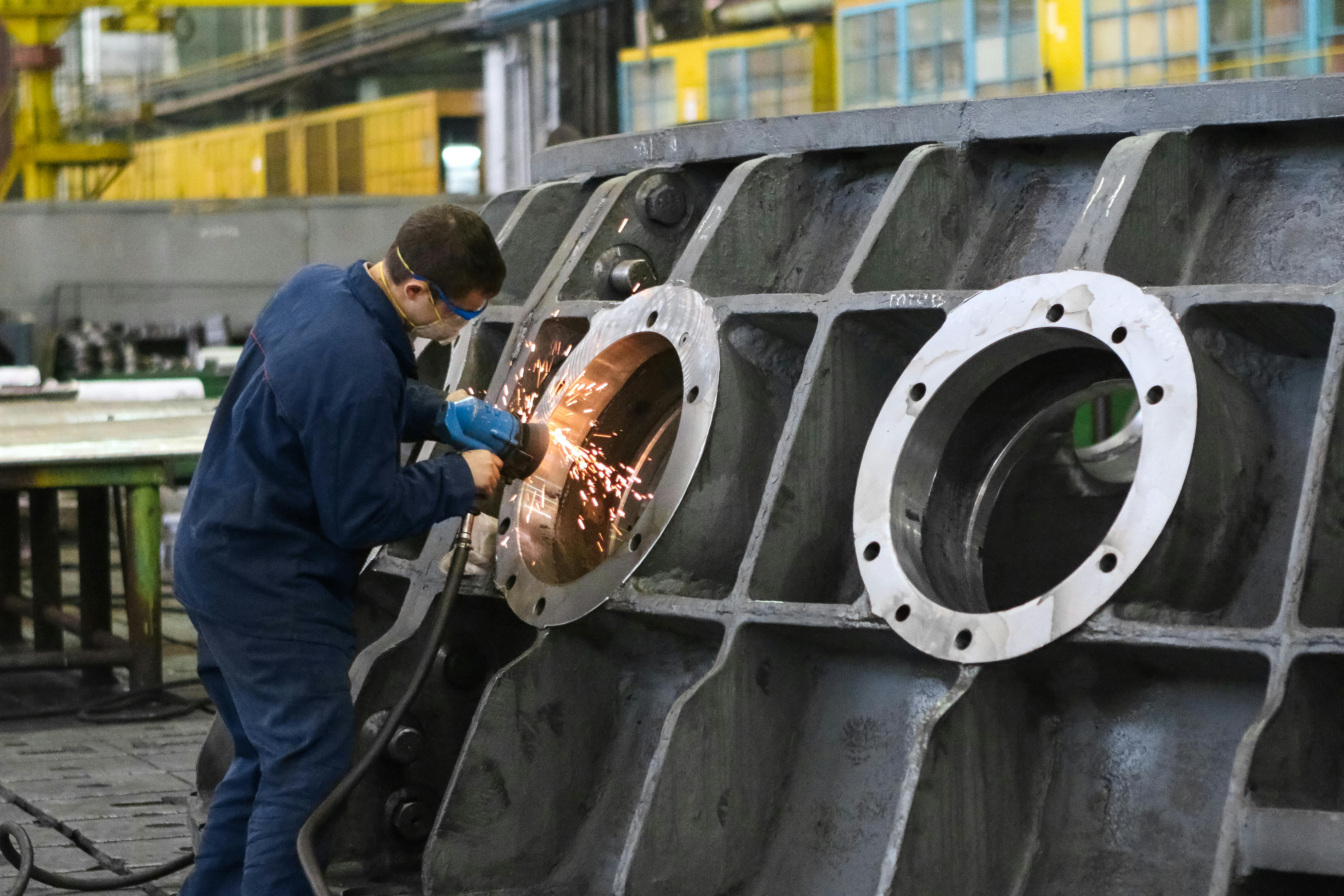From Design to Reality: The Role of Sheet Metal Machinery in Manufacturing
In the realm of manufacturing, the journey from a conceptual design to a tangible product involves numerous intricate processes. One critical aspect of this journey is the utilization of sheet metal machinery. Sheet metal, a fundamental material in manufacturing, is transformed into diverse products through the application of specialized machinery. This article delves into the pivotal role that sheet metal machinery plays in bringing designs to fruition.
Understanding Sheet Metal
Definition and Characteristics
Sheet metal is a versatile material characterized by its thinness and malleability. Typically, it is formed by industrial processes into flat and thin pieces. Its adaptability makes it an ideal choice for a myriad of applications, ranging from automotive components to household appliances.
Types of Sheet Metal
Sheet metal comes in various types, each catering to specific manufacturing needs. Common varieties include steel, aluminum, brass, and copper. The selection of sheet metal depends on factors such as durability, conductivity, and aesthetic appeal.
The Design Phase
Conceptualization and Planning
Before sheet metal machinery comes into play, the design phase sets the foundation for the entire manufacturing process. Engineers and designers conceptualize products and create detailed plans. The specifications of the sheet metal required, including thickness and material type, are crucial considerations during this phase.
CAD Modeling and Simulation
Computer-Aided Design (CAD) plays a pivotal role in modern manufacturing. Designers utilize CAD software to create 3D models of the intended product. Simulation tools are employed to assess the feasibility of the design and identify potential issues before moving forward.

Sheet Metal Machinery in Action
Cutting Processes
One of the primary functions of sheet metal machinery is cutting the material into the desired shape. Various cutting methods are employed, including laser cutting, waterjet cutting, and plasma cutting. Each method offers unique advantages, such as precision, speed, and versatility.
Bending and Forming
Once cut, the sheet metal undergoes bending and forming processes. Press brakes and roll-forming machines are commonly used to shape the material according to the design specifications. Precision in bending is crucial to ensure the final product meets dimensional accuracy.
Joining Techniques
Sheet metal components are often joined together using welding, riveting, or fastening methods. Welding machines fuse metal pieces seamlessly, creating strong and durable connections. The choice of joining technique depends on factors like material type, application, and design requirements.
Surface Finishing
After forming and joining, sheet metal products undergo surface finishing processes. This may involve painting, powder coating, or other treatments to enhance aesthetics, protect against corrosion, and meet specific functional requirements.
Automation and Technological Advancements
Role of Automation
The advent of automation has revolutionized sheet metal manufacturing. Automated machinery, controlled by computer systems, ensures precision and efficiency in every step of the process. This not only improves productivity but also reduces errors and enhances overall product quality.
Integration of Robotics
Robotics play a crucial role in modern sheet metal fabrication. Robots are employed for tasks such as material handling, welding, and quality control. Their dexterity and speed contribute to streamlining production processes and achieving higher levels of accuracy.
Industry 4.0 and Smart Manufacturing
The integration of Industry 4.0 principles in sheet metal manufacturing heralds the era of smart factories. IoT (Internet of Things) devices and data analytics enable real-time monitoring of machines, predictive maintenance, and optimization of production processes.

Multifaceted nature of sheet metal machinery
- Incorporation of laser cutting and waterjet cutting technologies for intricate and precise cuts.
- High-speed plasma cutting methods for increased efficiency in mass production.
- Implementation of CNC press brakes for complex bending operations.
- Integration of roll-forming machines for continuous shaping of long sheet metal strips.
- Utilization of advanced welding techniques, such as TIG (Tungsten Inert Gas) and MIG (Metal Inert Gas), for strong and reliable joints.
- Application of riveting and fastening methods for specific design requirements.
- Powder coating for a durable and aesthetically pleasing finish.
- Anodizing processes for enhanced corrosion resistance, are commonly used in aluminum sheet metal applications.
- Introduction of robotic arms for seamless material handling and movement within the manufacturing facility.
- Automated conveyor systems to streamline the flow of sheet metal through various processing stages.
- Integration of computer vision systems for real-time quality inspection.
- Automated measuring devices to ensure dimensional accuracy and adherence to design specifications.
- Implementation of IoT devices for remote monitoring of machinery health and performance.
- Predictive maintenance algorithms to identify potential issues before they cause downtime.
20 Fowler Rd, Dandenong South VIC 3175, Australia
Phone: 613-9794-6675
Contemporary Trends in Sheet Metal Machinery
Precision Engineering
In the contemporary manufacturing landscape, precision is paramount. Modern sheet metal machinery incorporates cutting-edge technologies, such as CNC (Computer Numerical Control) systems, to achieve unparalleled accuracy. This precision ensures that the final products conform precisely to the intricate designs conceptualized during the planning phase.
Sustainable Manufacturing Practices
With a global emphasis on sustainability, sheet metal machinery has embraced eco-friendly practices. High-efficiency cutting techniques and recycling initiatives have been integrated into sheet metal manufacturing processes, minimizing waste and environmental impact. This shift towards sustainability aligns with the growing demand for environmentally conscious production methods.
Customization and Flexibility
Consumer preferences are increasingly diverse, prompting manufacturers to adapt and innovate. Sheet metal machinery has evolved to offer greater customization and flexibility in production. Advanced software allows for rapid reprogramming, enabling manufacturers to switch between product runs seamlessly and accommodate unique design specifications.
The Future of Sheet Metal Machinery
Emerging Technologies
Looking forward, emerging technologies such as 3D printing and advanced robotics are poised to further revolutionize sheet metal manufacturing. 3D metal printing, in particular, presents new possibilities for intricate and highly customized designs. Robotics, on the other hand, will continue to play a central role in enhancing efficiency and safety on the factory floor.

